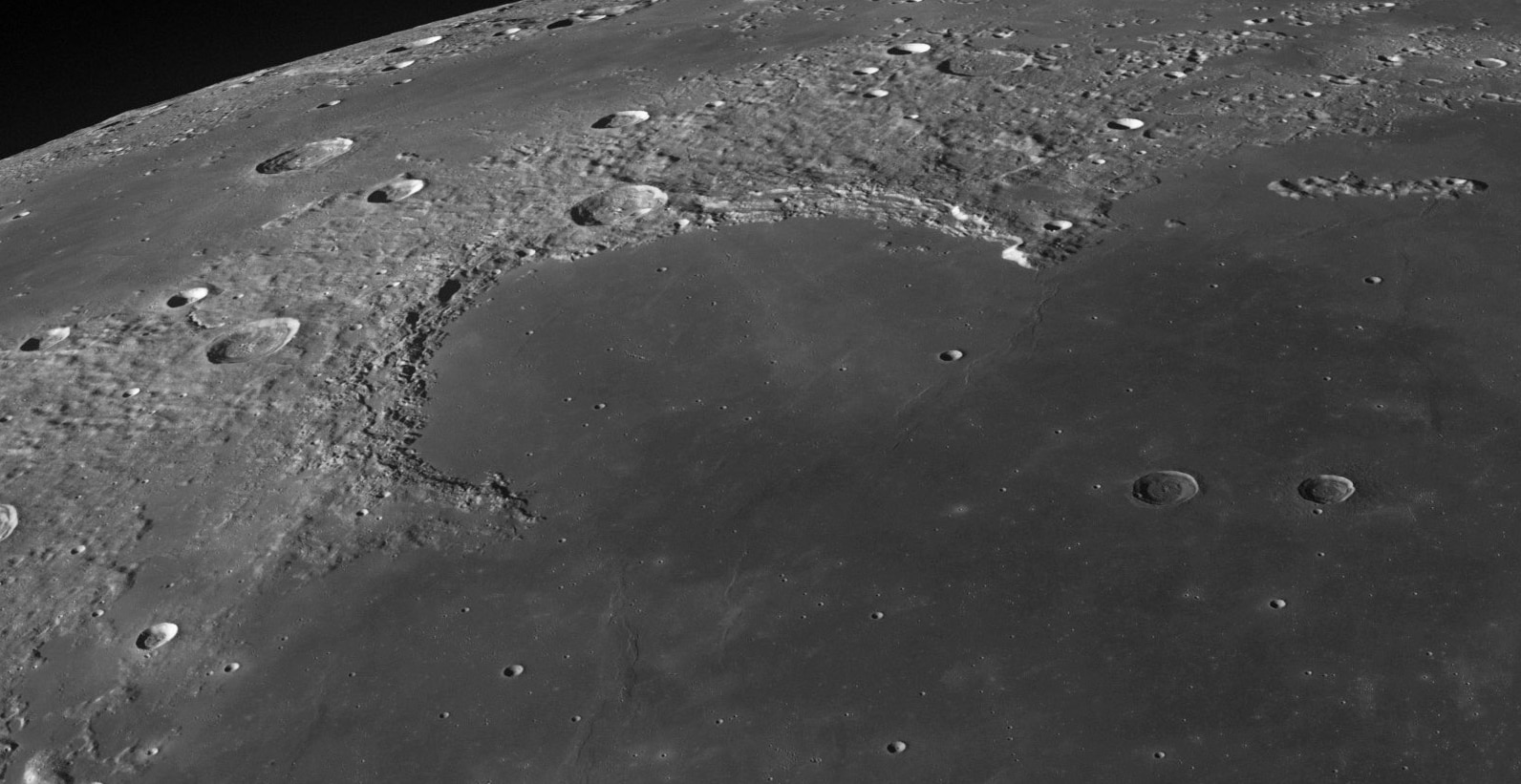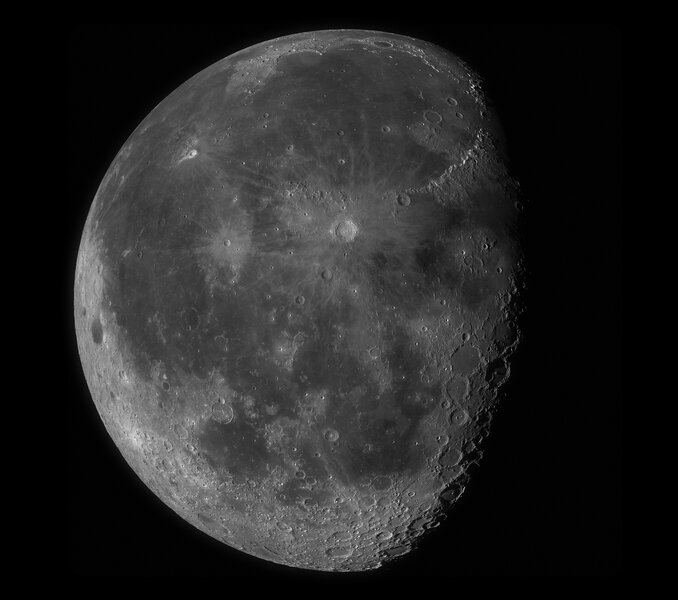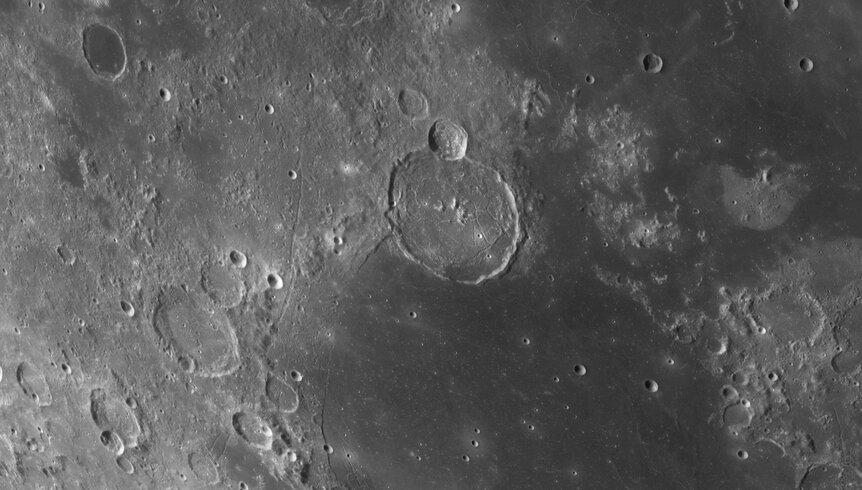Create a free profile to get unlimited access to exclusive videos, sweepstakes, and more!
The 100 megapixel Moon

Artist Seán Doran has been making something of a name for himself by taking astronomical data from various space missions and processing them to make utter, jaw-dropping gorgeousness (see, oh, here, here, and here for a Jupiter-sized taste).
Most of his work is drenched in saturated colors and velvet-smooth textures, a sensual stroll through atmospheric scenes. But the latest piece I saw from him is the opposite of that, and yet no less stunning in its beauty: an incredible 10,000 x 10,000 pixel mosaic of our nearest cosmic neighbor, the Moon; a 100-megapixel wonder that will carpet your screen:
I have seen the Moon countless times through my own telescopes in the past, and it’s never looked as breathtaking as this! Mind you, I had to shrink this shot considerably to get it to fit here; this is about 2,000 pixels wide. Grab the full-res one to really get just how ridiculously big this thing is.
But then, this isn’t a single image: It’s a mosaic composed of images taken using the Wide Angle Camera (WAC) on board the Lunar Reconnaissance Orbiter (LRO), a NASA mission that has been circling the Moon since 2009.
LRO WAC images have a resolution of about 100 meters per pixel over a swath of about 60 km of lunar surface (using what’s called the pushbroom technique, similar to how a flatbed scanner works). They are usually taken straight down, toward the spacecraft nadir (the opposite of the zenith). To get the correct perspective for the Moon as a globe, Doran took the images, along with altimeter data, and mapped them onto a sphere. That way features near the edge look foreshortened, as they really do when you look at the entire Moon. He also used Apollo images to make sure things lined up. So the image isn’t exactly scientifically rigorous, but it is certainly spectacular.
I really enjoyed scrolling around this shot at full resolution. The features are incredible; for example check out Gassendi, a vast 110 kilometer-wide impact crater:
Yow. Gassendi is perched on the edge of Mare Humorum (Sea of Moisture) in the Moon’s southwest, and is notable due to the extensive series of rilles in its floor, grooves carved by flowing lava billions of years ago. This is one of my favorite lunar spots, and is seen beautifully here.
Another favorite of mine when I’m at the eyepiece is Sinus Iridum (the Bay of Rainbows) in the lunar northwest. This impact feature is twice the width of Gassendi. After whatever monstrous piece of space debris slammed into the Moon to form it, lava flowed everywhere, filling the floor. It sits on the edge of the even larger Mare Imbrium (Sea of Rains), and really does look like a bay. The ring of tall mountains surrounding it adds to the interpretation; those were not formed like mountains on Earth but were pushed up by the immense force of the impact.
I could go on and on; the sheer number of amazing things to look at in this image is overwhelming (Doran has a monstrous 620 megapixel pan-and-scan image on Gigapan to help you out). Scrolling around it is a very, very small glimpse of what the Apollo astronauts must have seen when they orbited this world 50 years ago.
As I write this, last week we celebrated the International Observe the Moon Night. It was cloudy where I was (giving a talk about impacts, in fact, at Purdue University), so I couldn't see the Moon. But LRO never has to worry about clouds. So next time, when the clouds part for you — maybe tonight! — go out and take a look at the Moon for yourself. Remember, we stood there once. And for now our robots map it faithfully for us, so that one day, maybe not too long from now, we will stand there again.





























